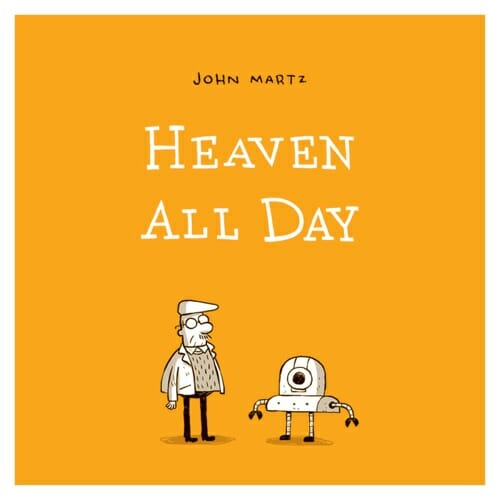Comic Book & Graphic Novel Round-Up (9/14/11)

Each week, Paste reviews the most intriguing comic books, graphic novels, graphic memoirs and other illustrated books.

Creepy Presents: Bernie Wrightson
by Bernie Wrightson, Bruce Jones, Carmine Infantino and Others
Dark Horse, 2011
Rating: 8.8
Bernie Wrightson is one of the greats. A pioneer, innovator, master and auteur, Wrightson drew his pencil across comic book publishing like Paul Bunyon heaving his axe across America, both forever resculpting their surroundings into something challenging and new. In the handsome hardcover Creepy Presents: Bernie Wrightson, twelve macabre reprints illustrate what makes the seminal artist an indisputable icon. Darting from pen and pencil latticework, moody tone washes and everything between, Wrightson felt at home with any technique. His rendition of Edgar Allan Poe’s “The Black Cat” howls in dark, stark contrasts like charcoal silhouettes against a sunrise. “Jennifer,” which will be familiar to anyone who saw Dario Argento’s Masters of Horror entry, swims in fluid curves and haunting grays. The near-flawless “Nightfall” shows that Wrightson could manipulate perspective and angle along with his claustrophobic shadows and ghouls. Simply put, the artist transformed gothic poetry into an intoxicating whirlpool of mood and escape. These contributions from the Creepy and Eerie anthologies are timeless benchmarks that helped forge today’s visual landscape. (SE)

Petrograd
by Phil Gelatt and Tyler Crook
Oni Pres, 2011
Rating: 7.6
This hefty tome, rendered in shades of red and black and not light on history, starts off a bit slow, especially considering its premise: the murder of Rasputin. The panels are grungy and full of text. The creators opt for fairly stringent accuracy, going so far as to indicate when characters are actually speaking Russian, which has been translated for your benefit. It all seems a bit like the early parts of Battleship Potemkin, i.e., homework, not fun. But then things pick up. The plot starts to come together. You begin to recognize characters. Flashbacks and thematic threads cohere. And people start running around, scheming, drinking, and chasing each other through the streets. In other words, it becomes more like the good bits of Eisenstein’s magnum opus. Gelatt and Crook have packed a lot into nearly 300 pages, and when you start researching, you realize how carefully they’ve put together their work of historical fiction, which relies strongly on newish theories about the mad monk’s death and never ventures into silly (albeit entertaining) supernatural territory. People betray each other. Simplicity is absent. Everything is painted in shades of gray, which the art seems to reflect. Persist and you will be rewarded with a smart story and a fine tale. (HB)
-

-

-

-

-

-

-

-

-

-

-

-

-

-

-

-

-

-

-

-

-

-

-

-

-

-

-

-

-

-

-

-

-

-

-

-

-

-

-

-












































